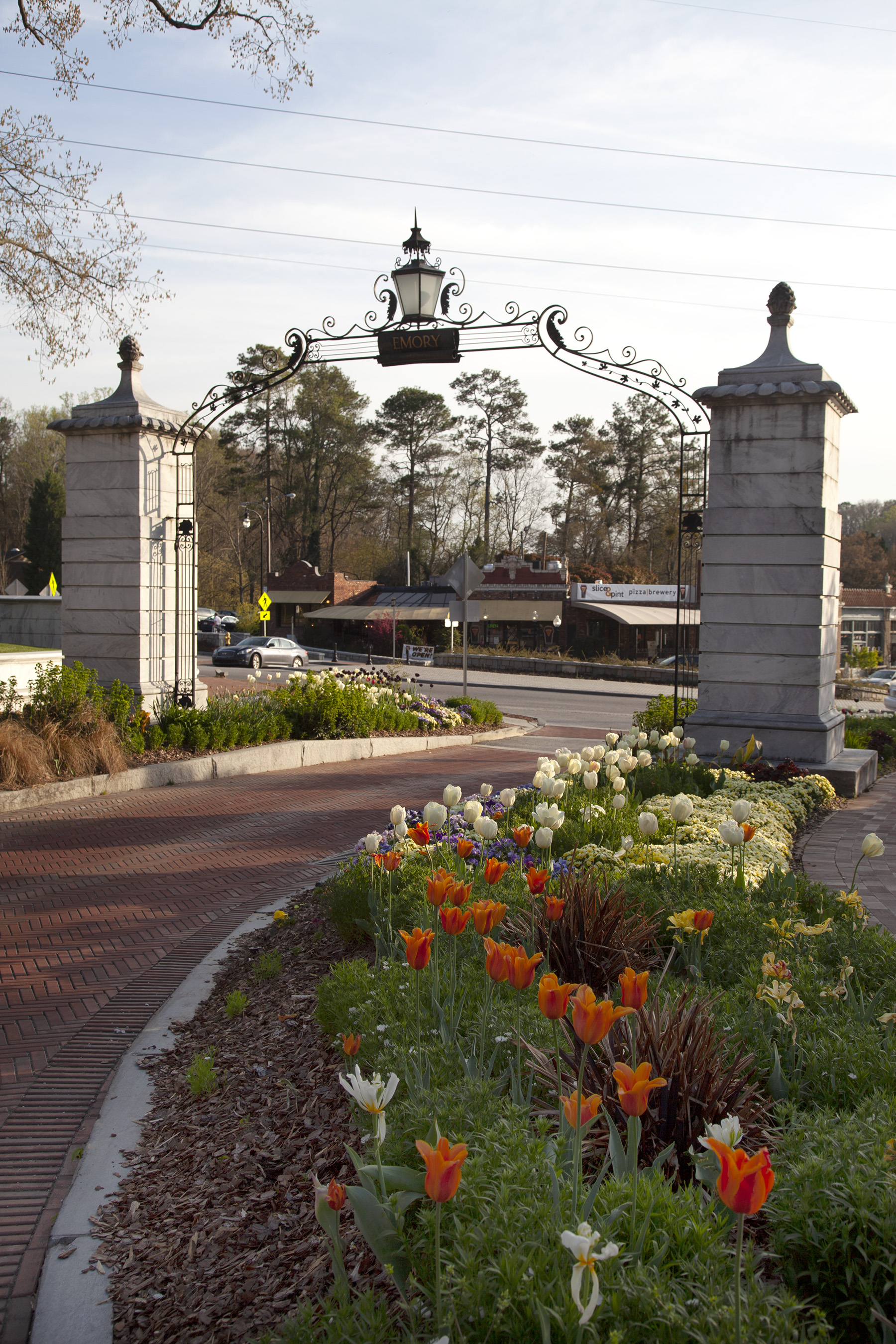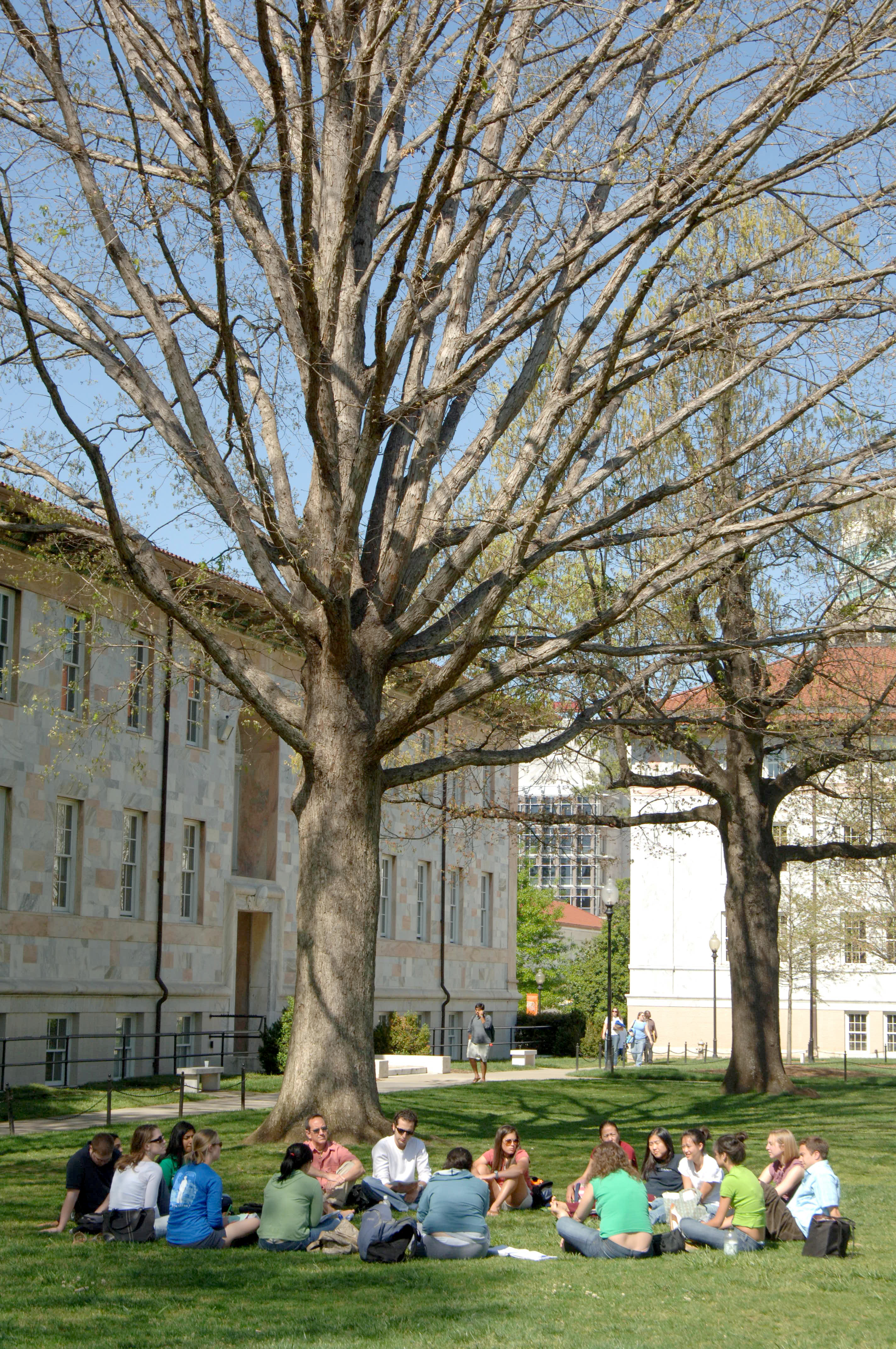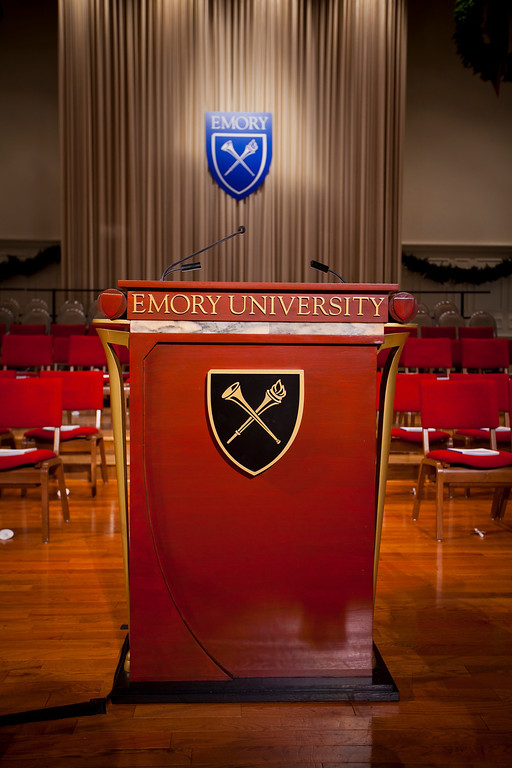Planning Principles
Borrowing the ethos of One Emory: Engaged for Impact, the planning team established the following set of principles to guide the campus’s physical development framework:
Empower a “One Emory” Mindset
We will be trans-institutional, ensuring that the university mission drives the physical environment, and integrating strategic, physical, and financial planning.
Foster an unparalled living and learning experience
We will holistically support the academic, social, and developmental needs of the entire Emory community by recognizing the whole campus as part of the transformative learning environment and enabling community, wellness, interaction, synergy, and collaboration.
Advance Research Growth and Partnerships
We will spark innovative disciplinary and interdisciplinary research and scholarship through the development of state-of-the-art facilities, leading to new knowledge, economic and technological development, and a global workforce educated for the 21st century economy.
Engage with Atlanta
We will leverage opportunities to advance physical, programmatic, and virtual collaboration within and across campus locations, and with the greater Atlanta region.
Promote Stewardship
We will prioritize fiscal, environmental, and social sustainability to maximize use of Emory resources and promote projects that support the institutional mission.
Enhance Connectivity, Accessibility, and Institutional Identity
We will strengthen connections, accessibility, and identity within and across campus locations, and with our local, regional, and global partners.
Strategic Beginning
Why a Framework Plan?
This Framework Plan is a structure for guiding change over time, connecting ideas and information to implementation, within the context of Emory’s strategic vision. Its purpose is to strategically position the university to make ongoing decisions and best possible use of future opportunities, while building incrementally towards a powerful larger vision. One of Emory’s key strategic goals is to reimagine the campus as the university expands physically and programmatically. How should Emory’s multiple campuses serve the greater Atlanta metropolitan region? How should Emory develop on and off the Druid Hills campus to support the academic mission and enhance a sense of community? How can the campus environment embrace growth sustainably? How can Emory celebrate its historic legacy, while also supporting modern learning and research? These challenging questions require the university to adopt an agile posture, one that can strategically respond as new opportunities and ideas emerge. This kind of nimble approach is preferred to meet future institutional needs, instead of a didactic rigid traditional plan.

What is in the Framework Plan?
The Framework Plan touches the full spectrum of university activity: academics and research, residential life, the medical center, arts and culture, athletics and recreation, open space, transportation and parking, energy and infrastructure, and sustainability. Stakeholders representing these topics collaborated extensively in the planning process; numerous university and community constituents contributed to ensure a rich context informed the Framework Plan. Physical ideas cover multiple scales, from big organizing concepts for the whole university, to district studies, to street sections and conceptual building designs. These ideas are grounded in Emory’s academic mission and strategic goals. The ideas are presented within the context of a comprehensive approach to capital planning that must respond to both internal and external pressures. The Framework Plan shifts the university toward flexible, data-driven decision-making. It organizes the university around an integrated planning function that can develop and test alternative scenarios, ensuring that investment decisions maximize return on limited resources and provide the best outcomes for the institution as a whole. As a result, the Framework Plan consists of principles, plans, scenarios, tools, methodologies, and process recommendations. It is the physical realization of One Emory.

What priorities emerge from the Framework Plan?
The Framework Plan establishes a long-term vision to guide change over the next decades. It creates a dynamic ability to respond to evolving priorities over time, while ensuring incremental moves work toward the larger vision. The Framework Plan changes how projects are conceived, discouraging those representing silos, and encouraging projects that meet multiple university goals. It is a powerful force for culture change. Indeed, facilities opportunities conceived in the Framework Plan are trans-institutional in nature, including, for example, integrated learning and research facilities, a vision for residence life that is rooted in the academic experience, and a campus-wide approach to energy and infrastructure. In the near-term, the Framework Plan proposes priority moves consistent with the One Emory philosophy. These include projects already underway such as HSRB II to expand space for health science research, the development of the Executive Park campus to improve and expand access to clinical healthcare, and The Hatchery, Emory’s Center for Innovation. The Framework Plan describes immediate thematic priorities like collaboration and stewardship, particularly the need to address our investments in residential facilities. The Framework Plan also identifies major new undertakings: the transformation of the Peavine corridor and a series of necessary campus-wide infrastructure, open space, and transportation interventions, such as the expansion of MARTA, which position Emory to accomplish its long-term goals.

How should Emory use the Framework Plan?
Emory will use the Framework Plan to inform future planning and design studies, to guide its capital planning process, and to strengthen connections between academic and physical planning. Based upon the strategic principles, the Framework Plan will enable the university to build integrated physical scenarios and assess potential investments on an individual and district-by-district basis. This document contains executive summary level information about the Framework Plan. All ideas are represented, but they are distilled to their essence. More in-depth information, particularly the wealth of information provided by the newly developed data sets, can be found in a series of detailed studies appended to this document.
